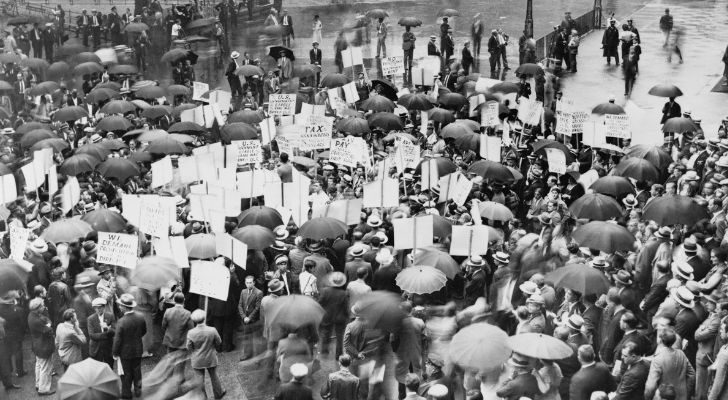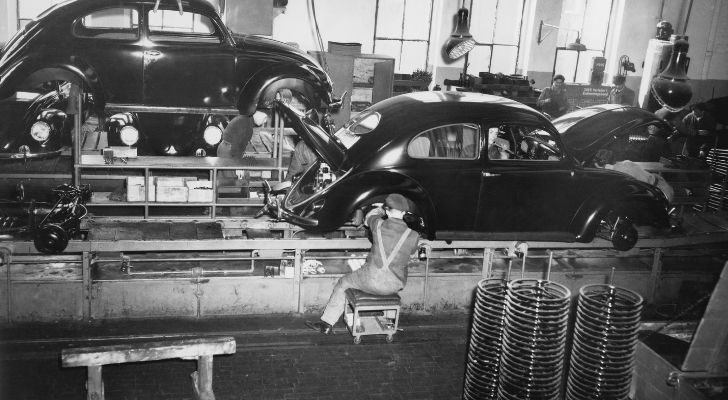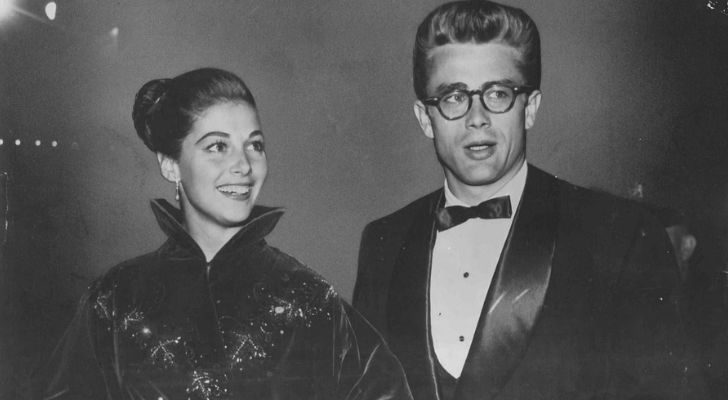Have you ever heard of the Silent Generation? This name is given to those who were children and young adults during the Second World War.
They grew up during a difficult time when terrible conflict was raging around the world. Many of them experienced economic hardship due to a lack of food and jobs.
If you are curious and want to learn more about this intriguing generation, here are some things you should know.
The difficult conditions that shaped the Silent Generation.

For the most part, the Silent Generation were the children of the Greatest Generation.
A dwindling birth rate in the 1930s and 1940s meant that fewer people were part of the Silent Generation.
Around 50 million people were born in the United States between 1928 and 1945, compared to 76 million in the “Baby Boomer” era that followed from 1946 to 1964.
The Second World War (1939-1945) forced married couples apart as the men went away to fight and left their wives behind.
People also had fewer children because of the economic challenges caused by the Great Depression of the 1930s.
Jobs were hard to find, and people had to ration their food because there wasn’t enough to go around.
The characteristics and stereotypes of the Silent Generation.

Because they grew up under such tough conditions, the Silent Generation was known for working hard and conforming to a traditional way of life.
They looked for stability and tried to build a better life than the one they knew growing up, leading to one of their nicknames – the “Traditionalists.”
In the years after the Second World War, countries began to recover financially.
There were more jobs and opportunities for people, and the Silent Generation was now entering the workforce. The Great Depression of the 1930s was over.
The Silent Generation tried to avoid causing problems and worked hard in office jobs or on the assembly line.
They were characterized as cautious, unadventurous, and quiet, leading to their generational name, “Silent Generation.”
However, people of the Silent Generation were not entirely conformist. They played key roles in trying to reform political and social systems in the 1950s and 1960s as they came of age and settled into the new post-war world.
The financial fortunes of the Silent Generation.

Despite the hardships endured by those growing up in this era, they were very fortunate in other ways.
Throughout their lives, they were able to take advantage of financial and economic opportunities.
Businesses began to thrive as the world recovered from the Second World War, creating more jobs and better wages. People of the Silent Generation were the perfect age to take up these vacancies.
They could get higher salaries, partly because fewer people were in the workforce (as a result of fewer babies being born). They became known as the “Lucky Few.”
As the Silent Generation went through life, they benefited from low mortgage rates and new affordable homes in places like New York.
Generous government pensions were also available to them as they grew older and retired.
The contribution of the Silent Generation to society and culture.

By the 1930s, people could enjoy watching movies with full color and sound after years of silent black-and-white films.
This transformed the entertainment industry and boosted ticket sales at the cinemas.
Young children of this era were inspired to become the next generation of actors. This brought movie stars like James Dean (born in 1931) and Elizabeth Taylor (born in 1932) onto our screens.
As children, they may have watched blockbuster movies and musicals produced during this time, such as Gone With the Wind (1939) and Swing Time (1936).
These actors grew up and became famous faces of the Golden Age of Hollywood, which lasted until the 1960s and is often associated with the Silent Generation.
Silent Generation children also brought popular activities like trick-or-treating into the mainstream during the 1930s.
Many other Halloween traditions, such as fancy dress costumes, were commonplace before then.
However, trick-or-treating took longer to spread in North America and was popularized by the Silent Generation.
In November 1928, the Michigan newspaper Bay City Times reported that people did not enjoy being confronted by children on Halloween asking for “tricks or treats.”
This is believed to be the first time trick-or-treating was recorded in the US.
The lasting legacy of the Silent Generation.

Trick-or-treating was paused during the Second World War because food, including sugar, was rationed. However, it made a swift comeback and became even more popular by the middle of the 20th century.
Post-war developments, such as bustling suburban towns and individually wrapped candy, made it even easier for children to go trick-or-treating.
This legacy has become a big part of 21st-century Halloween celebrations.
But it’s not just Halloween antics that can be considered a lasting legacy of this generation.
If you’ve ever asked someone for the low down (“all the details”), did you know you used a popular phrase among those of the Silent Generation?
You might associate slang words with the modern day, but people in the early 1900s also had their own terms and phrases.
Those who were born between 1928 and 1945 might have heard words like ackamarackus (“nonsense”) and dil-ya-ble (“phone call”).
Many words coined when the Silent Generation was growing up are no longer in our everyday vocabulary.
But there are some notable exceptions that you might expect to hear in today’s conversations, like gobsmacked (“surprised”) and dough (“money“).
People of the Silent Generation grew up during global conflict and financial difficulties, but they also lived through the golden ages of film, business, and development.
They pioneered popular words that we still use today and Halloween traditions that millions of children look forward to every year.
This “silent” generation has lived through many turning points of the last century, experiencing some of the most eventful moments in history.
If you’re lucky enough to know somebody from the Silent Generation, why not ask them about the fascinating era they belong to?


















